Detecting Neutrinos
Neutrinos are very hard to interact with and study, that means complex instruments are required.
Neutrinos are subatomic particles that are very common throughout the universe, so common in fact that tens of thousands of neutrinos are passing through you every second. They are most often created in nuclear reactions by stars. They were first predicted Wolfgang Pauli, because the amount of energy released by nuclear reactions didn’t add up. It was later found three types of neutrinos exist, the electron neutrino, the muon neutrino, and the tau neutrino. The neutrino shifts between these different types in a process called neutrino oscillation. While it is travelling through space the probability that it is one type over the others changes . The corresponding neutrino can turn into these particles.[1]
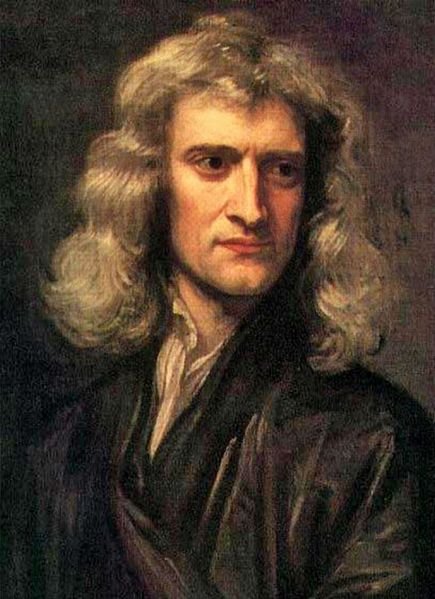
source (Isaac Newton had nothing to do with this as far as I know. I just couldn't find a good picture.)
Measuring Neutrinos
We can only detect particles when they interact with something. Neutrinos only interact in two different ways: charged-current interactions, and neutral-current interactions.
Charged-Current Interactions
Charged-current interactions happen when a neutrino turns into the corresponding particle. Electron neutrinos are the most likely to change because electrons are the lightest so require the least energy. When they are created in places like the sun usually only the electron neutrinos have enough energy to undergo this interaction. This often happens with inverse beta-decay. Inverse beta-decay happens when an electron antineutrino is captured by an atom and combines with a proton to release an anti-electron and a neutron.
Neutral-Current Interactions
In Neutral-Current interactions the neutrino stays a neutrino. In this interaction momentum is transferred between the neutrino and another particle.
Charged current interaction are easier to work with as they are more recognizable. A change in momentum is far harder to measure than a new electron. This new electron can be measured in variety of ways.
Radiochemical Experiments
Radiochemical experiments are typically used in solar neutrino experiments. They measure the total amount of neutrinos and that’s about it. The energy threshold for this experiment can be really low, it can measure neutrinos made by our sun. To achieve the lowest energy threshold scientists use gallium.The gallium turns into Germanium through the charged-current interaction. The amount of germanium is measured days to weeks later, and a rough estimate of the amount of neutrinos is extrapolated. [2]
One example of this is the Homestake Solar Neutrino Experiment.
Liquid Scintillator Experiments
Liquid scintillator experiments search for gamma rays emitted from inverse beta decay. They use hydrogen as a target. When the electron antineutrinos go through inverse beta decay on hydrogen, it releases two bursts of gamma rays. The first is from the anti-electron and the electron annihilating. The second is from the neutron joining with another atom. The second burst of gamma rays usually appear from a few microseconds to a few hundred microseconds. This is a lot better time resolution than days or weeks for radiochemical. They can also get a good read on the energy of the neutrino. The only problem with this type of experiment is that it can not detect direction. [3]
One example of this one is the Borexino (solar neutrino experiment), located in the Laboratori Nazionali del Gran Sasso. (By the Gran Sasso mountain in Italy)
Tracking experiments
The tracking experiment reconstruct the path of the charged leptons. They either do this by tracking the ionization they cause or the energy they release. They use a magnetic field to bend the path of the particle, measuring its sign and momentum. The electrons can also cause an electromagnetic shower. This usually happens when a high energy electron interacts with matter and produces a gamma ray. This gamma ray can turn into an electron anti-electron pair, which in turn can produce more gamma rays. Basically this turns the momentum of a particle into a bunch of gamma rays and particles, which annihilate causing more gamma rays. These rays also happen to ionize electrons, causing the cycle to begin again until there is too little energy. The electrons all go roughly in the same direction so, a rough estimate on the direction can be found. This also works for Muons, and the pattern of the electromagnetic shower is different so that can be used to tell them apart.[4] [5]
One example of a tracking experiment is MINOS (tracking calorimeter for neutrino oscillations). This one has two detectors, one in Minnesota (the far detector) and one in Chicago (the near detector).
Emulsion
Emulsion is used to measure the paths of shorter lived Tau neutrinos. It uses a massive block of photographic material. The material must be something that changes chemically when ionized. A beam of Tau neutrinos is shot at it, and they leave paths in the form of the chemical changes. These can be as fine as a micrometer. That is the only benefit, as the block can not be re-used, there is little time resolution, and it takes a long time to measure. [6]
One example of an Emulsion detector is OPERA.
Water Cherenkov experiments
Water Cherenkov experiments are used to measure both electron neutrinos and moun neutrinos. These experiments use the fact that light travels slower in a medium to calculate where a particle is located. This uses electromagnetic showers as well, to create the electromagnetic radiation. If the particle is going faster than light while waves are being emitted, there is a “light boom”. This is basically like a sonic boom, the light travels in a cone with the source at the center. The light boom allows us to get information about the path of the particle and what type it of particle it is. Each different type of neutrino has a different “cone”. Since it is directly measuring the effect it is very time sensitive. The only problem is that to slow down the light a massive body of isolated natural water is needed. Heavy water can also be used to help detect lower energy neutrinos.
[7][8]
One example of this one is Super-Kamiokande
Neutrinos are some of the weirdest particles out there, but thanks to science we are one step closer to understanding the world around us.
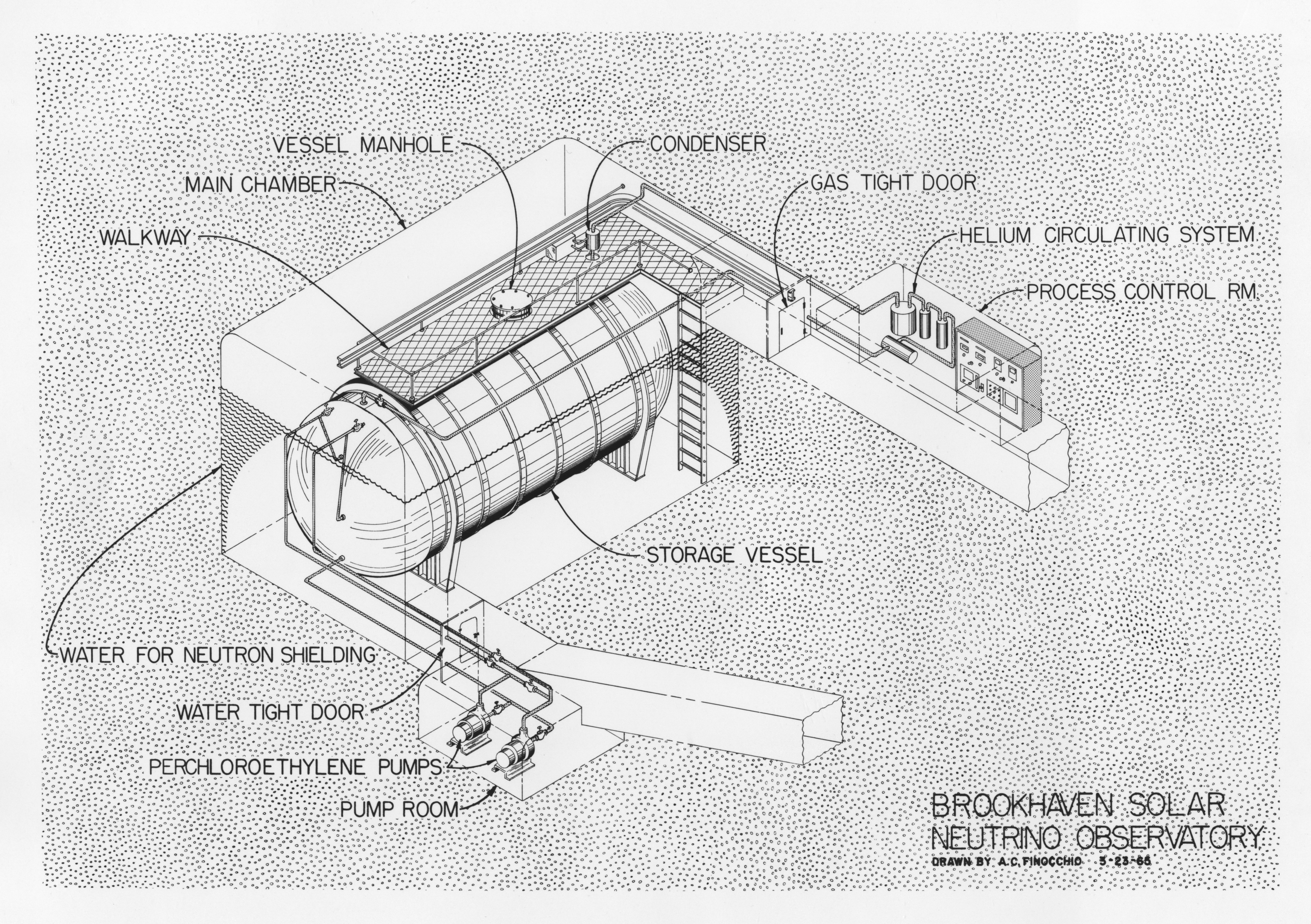
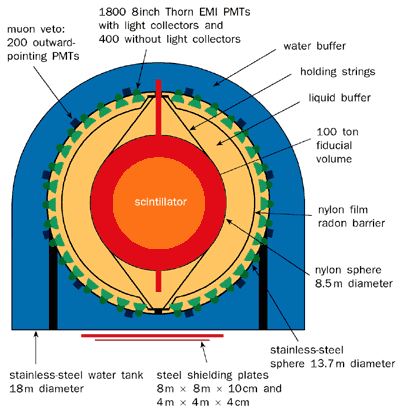
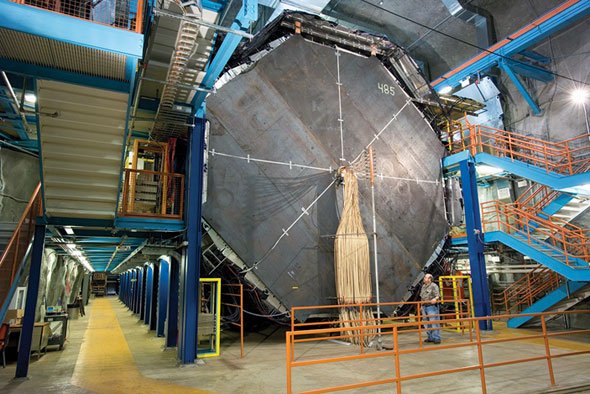
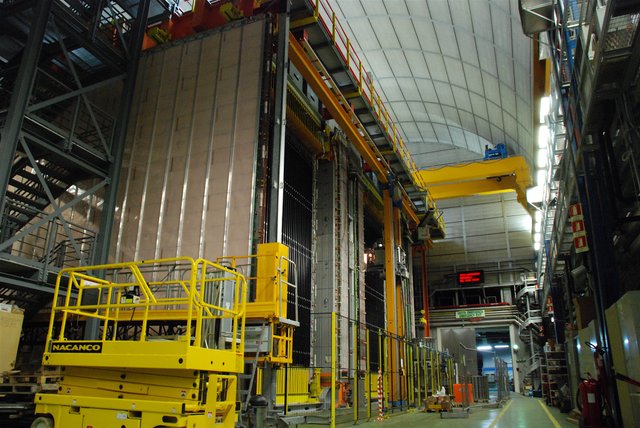
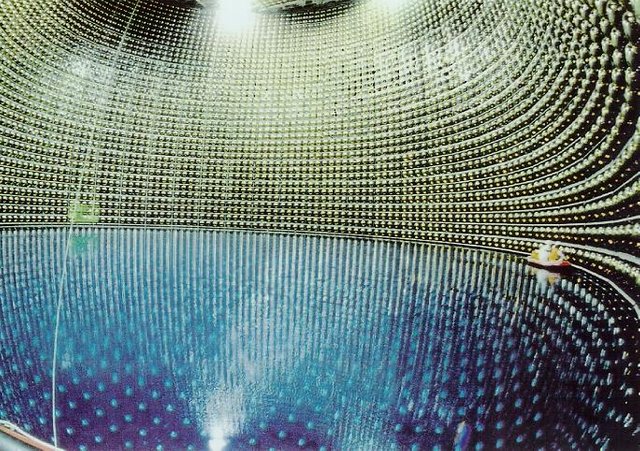
Quite an interesting post that you made on neutrinos. Surprised that this didn't grew as much as I expect it should.
oh I see you got your account. There are popular science accounts, even a chat dedicated to them. You wanna join it?
Uhh.. idk if they would like Marxist stuff... well don't drag me in...
Neutrinos have been predicted by Pauli, not Paul :)
Note that an interesting phenomenon that is missing from your post concerns neutrino oscillations. Do you think you could consider adding something with this respect in the first paragraph?
oh it must have autocorrected lol
yeah I can add that hold on.
edit:
I added it, thanks for telling me about it.
My pleasure, as always :)
Cool don't think I will be building one of those in the ham shack lol
Yeah I think a more concentrated effort would work better, just help provide the funding and that's enough lol
Oh and great artical thanks ...
Great Post!! We have selected your content to be highlighted on the Science-Trail!! Keep up the good work.
Join Us on the Science-Trail Discord!